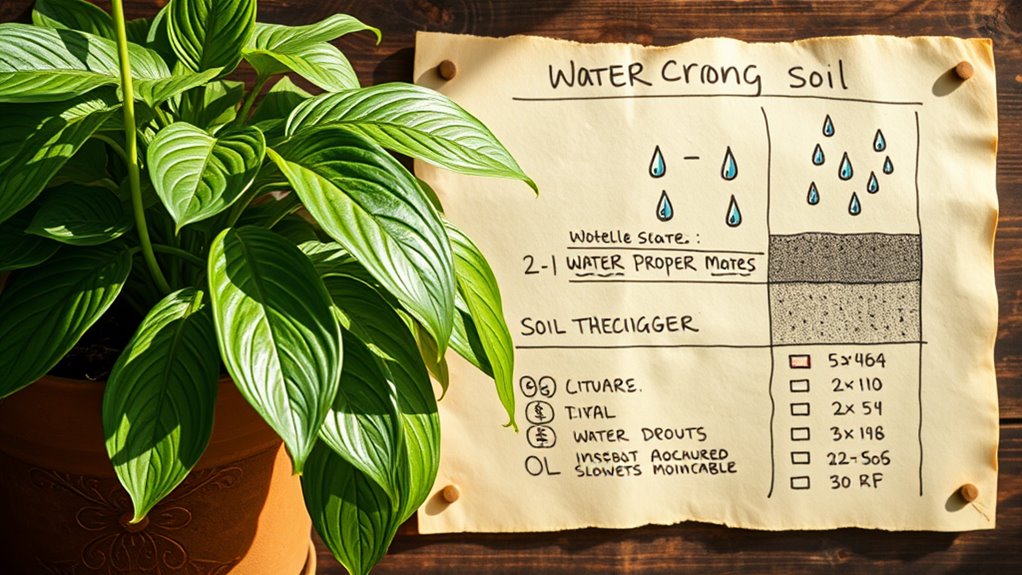You’ve Been Watering All Wrong – Fix It With This Chart
You’ve been watering your plants inconsistently, leading to stressed roots and potential diseases, but this chart’s your fix. It factors in plant types, environmental conditions, and soil to pinpoint exact needs, helping you avoid extremes. Build a tailored schedule based on its data, and apply simple tips like monitoring moisture and proper watering techniques. Dive deeper into these strategies to transform your plant care routine.
Common Watering Mistakes
Have you ever wondered why your plants wilt despite your best efforts?
A common watering mistake is mismanaging your watering schedule, leading to inconsistent moisture levels.
You’re either watering too often or skipping sessions, which stresses roots and invites disease.
To fix this, create a reliable routine based on observation, avoiding extremes that cause harm.
Consistency guarantees plants thrive without excess water issues. Additionally, consider using a watering schedule that aligns with your plants’ specific needs to optimize their health.
Factors Affecting Plant Water Needs
What factors influence how much water your plants truly need? Plant type, environmental conditions, and soil characteristics play key roles. For instance, succulents require less than ferns, while hot weather or poor drainage increases demands. Additionally, understanding essential watering tips can guide you in meeting your plants’ specific hydration needs.
| Factor | Description | Impact on Water Needs |
|---|---|---|
| Plant Type | Species-specific adaptations | Drought-resistant needs less |
| Environment | Temperature and humidity | Higher heat demands more |
| Soil Type | Drainage and water retention | Well-draining reduces needs |
Understanding the Watering Chart
To navigate a watering chart effectively, you’ll identify key elements like plant type, environmental factors, and soil conditions, which we’ve already explored.
By decoding the chart’s data, you can determine ideal watering volumes based on those factors.
This precise method helps you assess hydration needs accurately, avoiding common pitfalls and fostering vibrant plant growth through educated choices. Additionally, understanding optimal watering times can significantly enhance the effectiveness of your watering routine.
Building an Effective Schedule
Developing an effective watering schedule starts with evaluating your plants’ specific needs based on the chart’s data.
You’ll determine watering frequency by factoring in plant types, soil conditions, and seasonal changes, then create a tailored routine.
Use the chart to set reminders, monitor progress, and adjust intervals to prevent over- or under-watering, ensuring long-term plant health. Additionally, consider efficient watering tips that can help you save time and resources while keeping your garden thriving.
Tips for Optimal Hydration
Achieving ideal hydration for your plants requires smart techniques that build on your watering schedule.
You must monitor soil moisture daily with a meter or finger test to avoid extremes.
Water directly at the root zone for efficiency, using room-temperature water to prevent shock.
Employ mulching to retain moisture and reduce evaporation, while ensuring pots have drainage to ward off root rot.
Additionally, understanding soil moisture levels is crucial for maintaining your plants’ hydration needs.
This keeps your plants vibrant and healthy.

